Tortoiseshell cats, with their captivating patchwork coats and unique personalities, are beloved companions in households around the world. Among the many questions, cat owners may have about their feline friends, one commonly asked is: tortoiseshell cat average weight?
In this article, we delve into the fascinating world of tortoiseshell cats, examining their distinctive characteristics and temperaments. However, our primary focus lies in exploring the average weight of these enchanting creatures. By considering various factors such as genetics, sex, age, and overall health, we aim to provide cat owners with valuable insights into understanding and managing their tortoiseshell cat’s weight effectively.

Join us on this journey as we unravel the mysteries surrounding the average weight of tortoiseshell cats, shedding light on how to ensure the health and well-being of these cherished companions.
Factors Affecting Weight
Understanding the average weight of a tortoiseshell cat requires consideration of various factors that influence their size and body composition. Here, we delve into these factors to shed light on the intricate relationship between genetics, sex, age, health, and activity level in determining a tortoiseshell cat’s weight:
1. Genetics:
Tortoiseshell cats inherit their physical traits, including size and weight, from their parents. Genetic factors play a significant role in determining a cat’s overall build and body structure, influencing their weight throughout their life.
2. Sex:
Male and female tortoiseshell cats often exhibit differences in average weight. Generally, male cats tend to be larger and heavier than females due to hormonal influences and genetic predispositions. Understanding these sex-related variations can provide valuable insights into managing a cat’s weight effectively.
3. Age:
A cat’s weight undergoes significant changes from kittenhood to adulthood. Kittens experience rapid growth during their early months, with weight fluctuations reflecting their developmental stages. As cats mature into adults, their growth stabilizes, and their weight tends to plateau. Monitoring weight changes during different life stages is essential for ensuring optimal health and development.
4. Health and Nutrition:
The role of diet and exercise cannot be overstated in maintaining a healthy weight in tortoiseshell cats. Proper nutrition, including a balanced diet tailored to a cat’s age and activity level, is essential for supporting healthy growth and weight management. Additionally, regular exercise helps cats maintain muscle tone, burn calories, and prevent obesity-related health issues.
5. Activity Level:
Physical activity plays a crucial role in weight management for tortoiseshell cats. Cats with higher activity levels tend to burn more calories and maintain a healthier weight compared to sedentary cats. Providing opportunities for play, exploration, and exercise encourages cats to stay active and engaged, contributing to their overall well-being.
By considering these factors collectively, cat owners can gain valuable insights into managing their tortoiseshell cat’s weight effectively. From understanding genetic predispositions to promoting a healthy lifestyle through proper nutrition and exercise, proactive measures can be taken to ensure that tortoiseshell cats lead happy, healthy lives at their ideal weight.
Average Weight Range
When it comes to the average weight of tortoiseshell cats, there are distinct ranges for both adult females and males. Let’s explore these average weight ranges and the factors contributing to their variability:
1. Average Weight Range for Adult Female Tortoiseshell Cats:
Adult female tortoiseshell cats typically weigh between 6 to 10 pounds (2.7 to 4.5 kilograms). However, individual cats may fall either slightly below or above this range due to factors such as genetics, activity level, and overall health.
2. Average Weight Range for Adult Male Tortoiseshell Cats:
Adult male tortoiseshell cats usually weigh between 10 to 12 pounds (4.5 to 5.4 kilograms). Similar to females, the average weight range for males can vary based on genetics, lifestyle, and other individual factors.
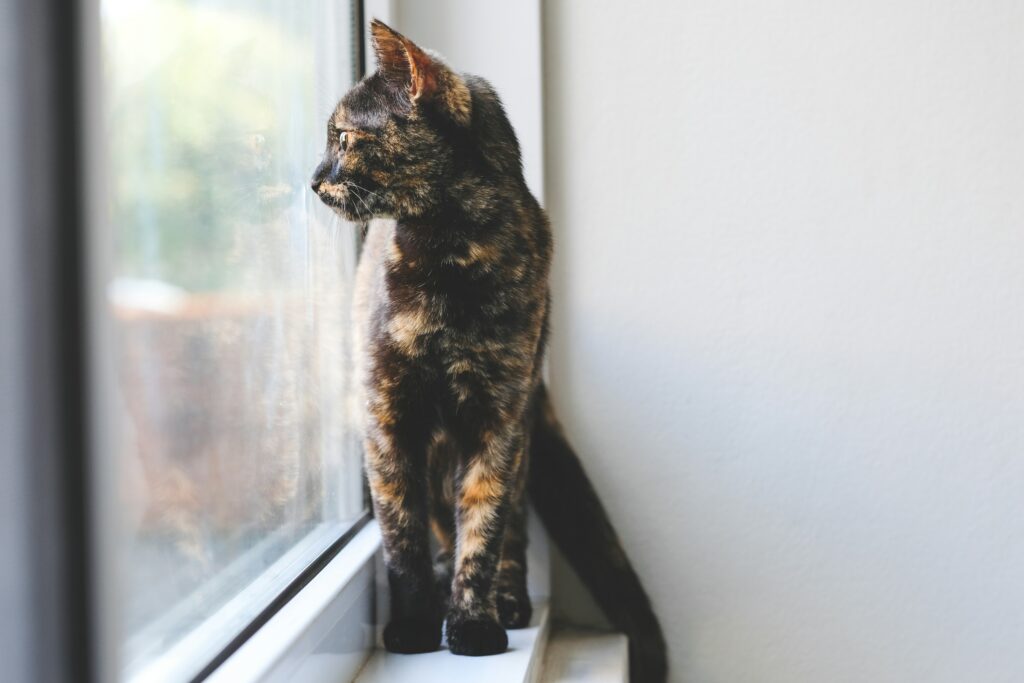
3. Explanation of Variability:
Several factors contribute to the variability in the average weight ranges of tortoiseshell cats. Genetics play a significant role, as inherited traits influence a cat’s size and build. Additionally, differences in sex result in distinct average weights between males and females. Furthermore, lifestyle factors such as diet, exercise, and overall health can impact a cat’s weight, leading to variations within the average weight ranges.
Monitoring Your Cat’s Weight
Keeping a close eye on your cat’s weight is crucial for maintaining their overall health and well-being. Here’s why monitoring your cat’s weight is important and some tips for doing so at home, along with guidance on when to seek veterinary assistance:
1. Importance of Monitoring Weight:
Regularly monitoring your cat’s weight allows you to track changes that could indicate underlying health issues or fluctuations in their nutritional needs. Sudden weight gain or loss may be a sign of medical conditions such as obesity, diabetes, or thyroid problems. By staying vigilant, you can address any concerns promptly and ensure your cat receives the necessary care.
2. Tips for Monitoring Weight at Home:
- Use a Digital Scale: Invest in a reliable digital scale designed for weighing pets. Place the scale on a flat, stable surface and gently place your cat on it, ensuring they are calm and comfortable.
- Establish a Routine: Make weighing your cat a regular part of their grooming or feeding routine. Consistency will help you detect any weight changes more accurately.
- Observe Body Condition: In addition to weight, pay attention to your cat’s body condition. A healthy cat should have a defined waist when viewed from above and be able to feel their ribs without excess fat covering.
3. When to Consult a Veterinarian:
While some weight fluctuations may be normal, certain signs should prompt a visit to the veterinarian:
- Unexplained Weight Loss or Gain: Significant changes in weight without a clear cause warrant investigation.
- Changes in Appetite or Behavior: Loss of appetite, lethargy, or other behavioral changes may indicate underlying health issues.
- Visible Signs of Illness: If your cat displays symptoms such as vomiting, diarrhea, or difficulty breathing, seek veterinary attention promptly.
By staying proactive and attentive to your cat’s weight and overall condition, you can play a vital role in ensuring their health and longevity. Regular monitoring, coupled with prompt veterinary care when needed, helps keep your furry friend happy and thriving.
Conclusion on tortoiseshell cat average weight
In conclusion, the average weight of a tortoiseshell cat varies depending on factors such as genetics, sex, age, health, and activity level. Adult female tortoiseshell cats typically weigh between 6 to 10 pounds, while adult males range from 10 to 12 pounds. These figures provide a helpful guideline for cat owners, but it’s essential to recognize that individual cats may fall outside these averages due to various factors.

As responsible cat owners, it’s crucial to prioritize the health and well-being of our tortoiseshell companions. Monitoring your cat’s weight regularly allows you to detect any changes that may indicate underlying health issues, such as obesity or illness. By using a digital scale, establishing a weighing routine, and observing your cat’s body condition, you can stay proactive in managing their weight effectively.
Read More:

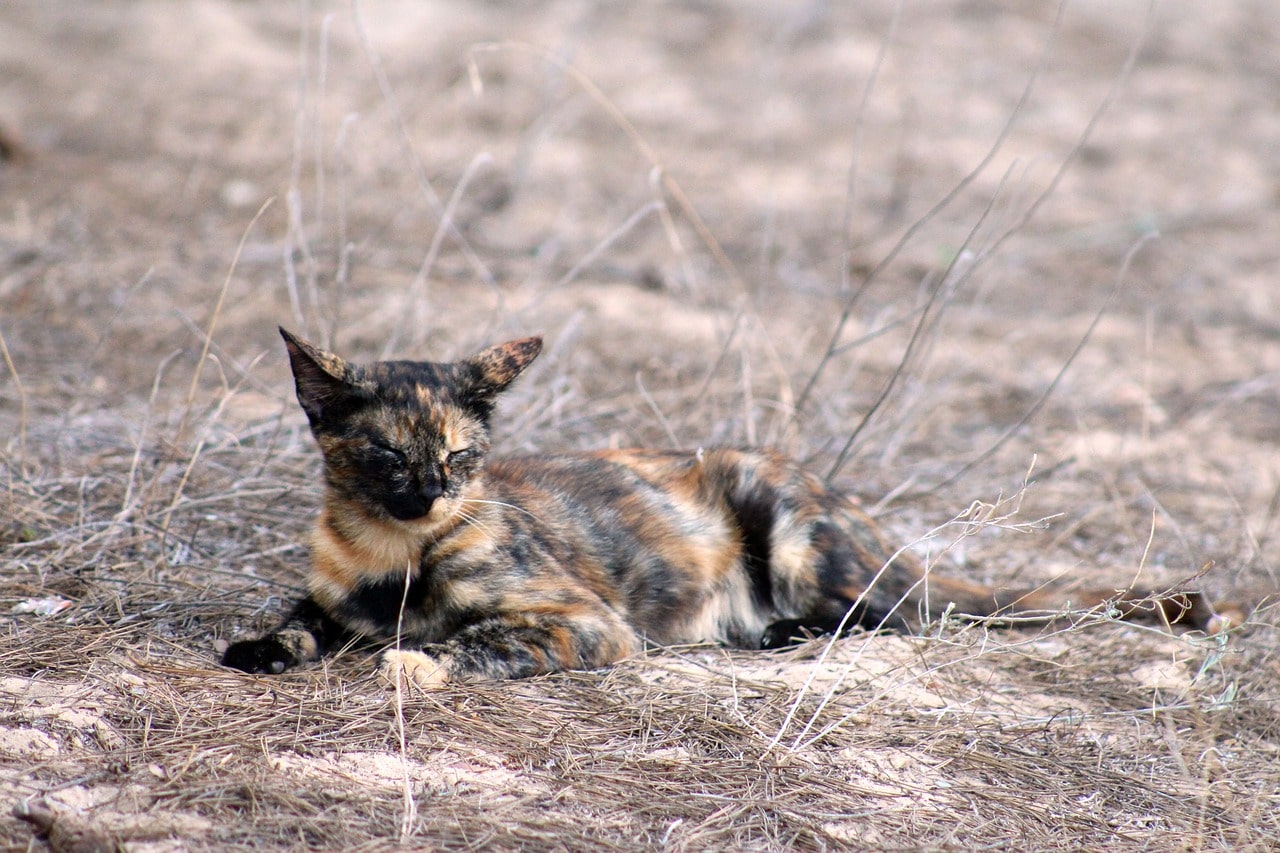
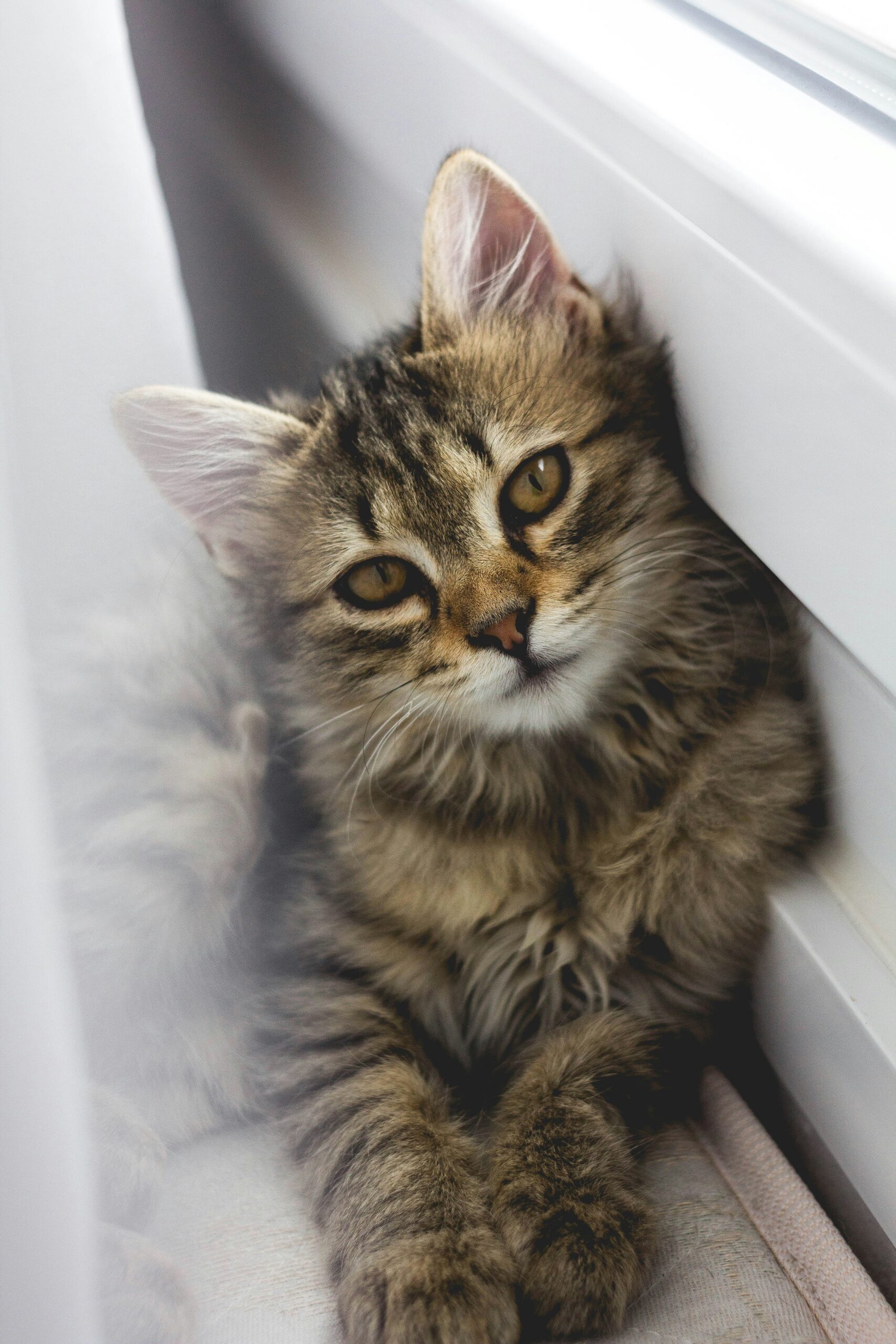
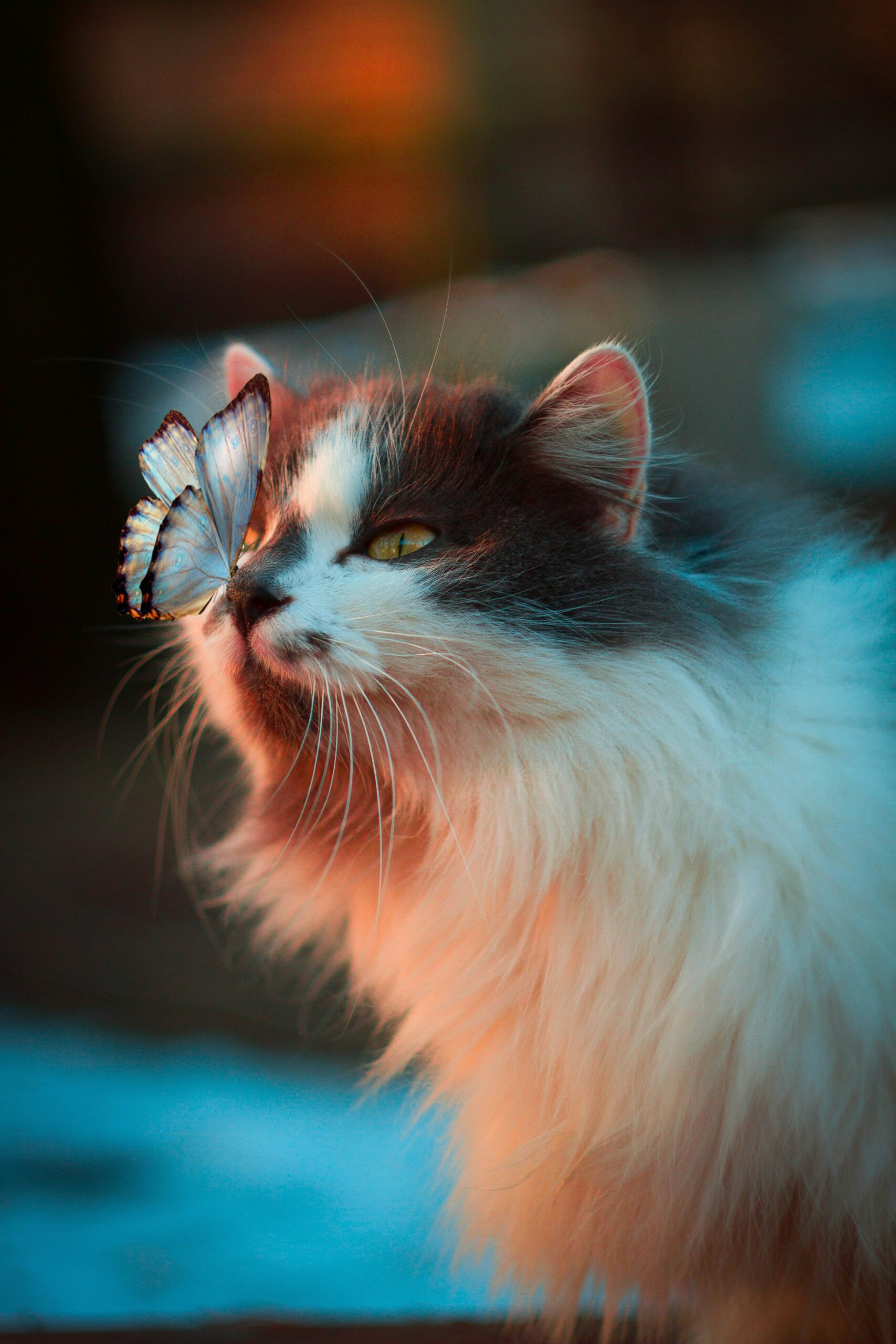

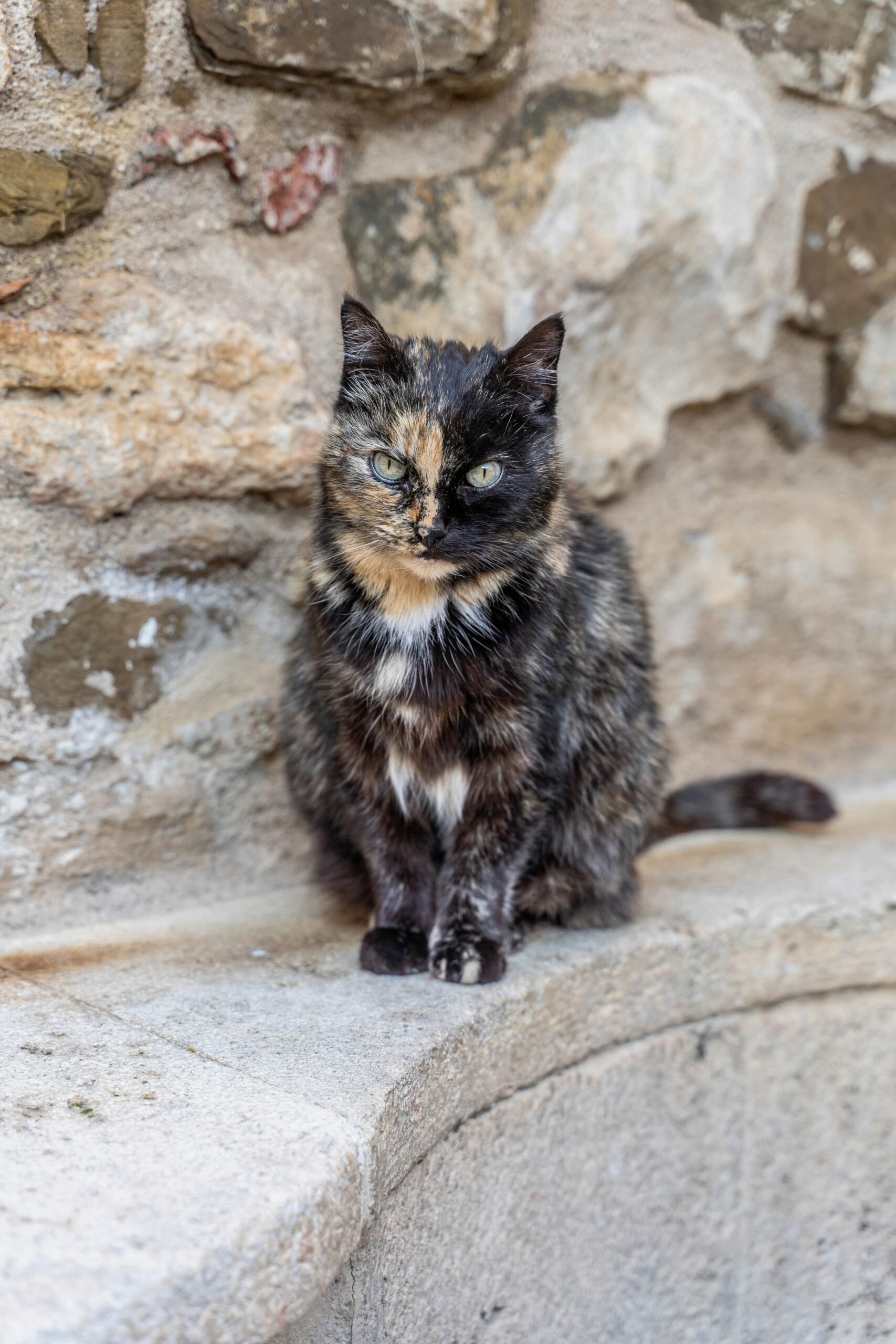


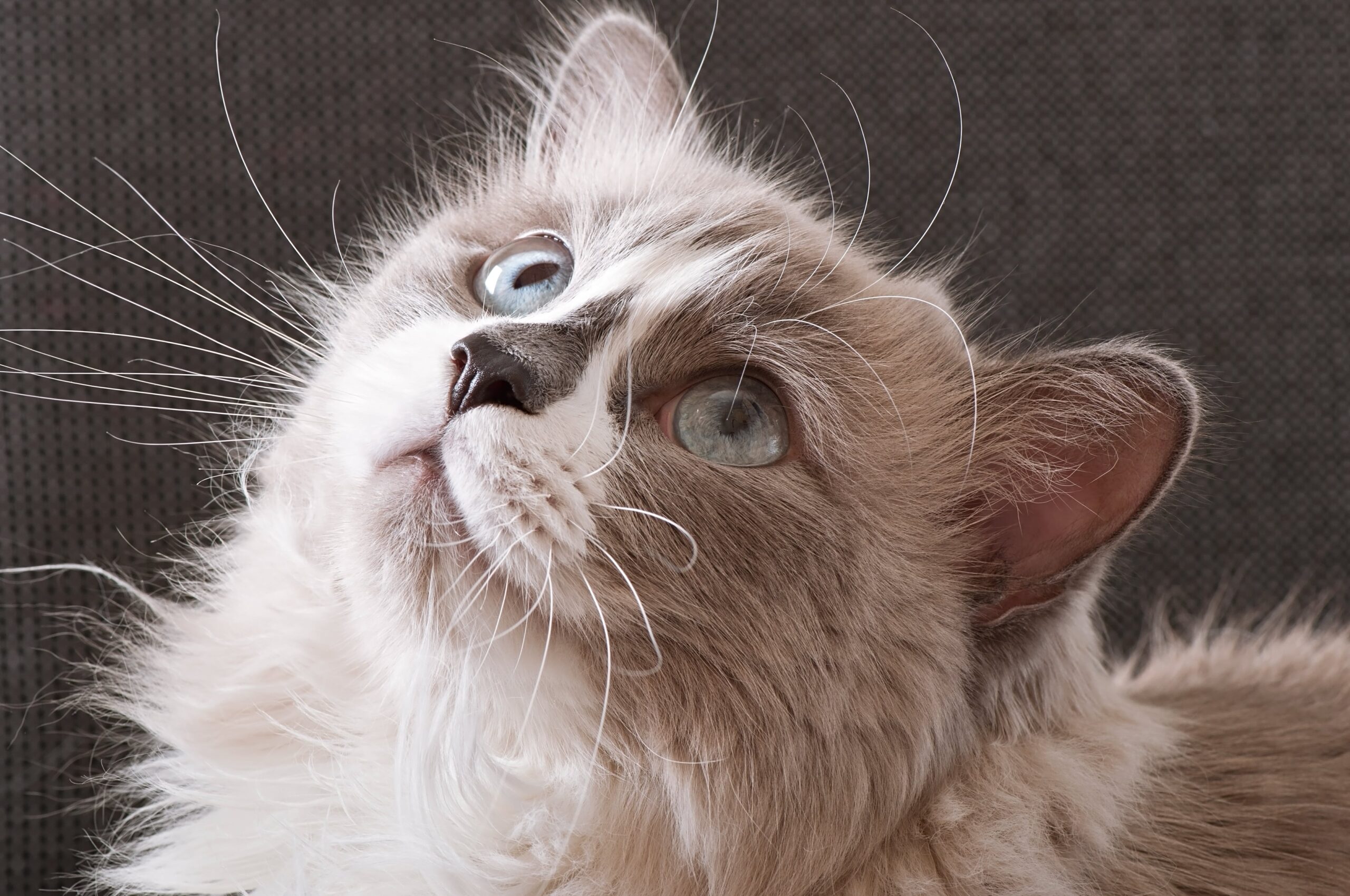

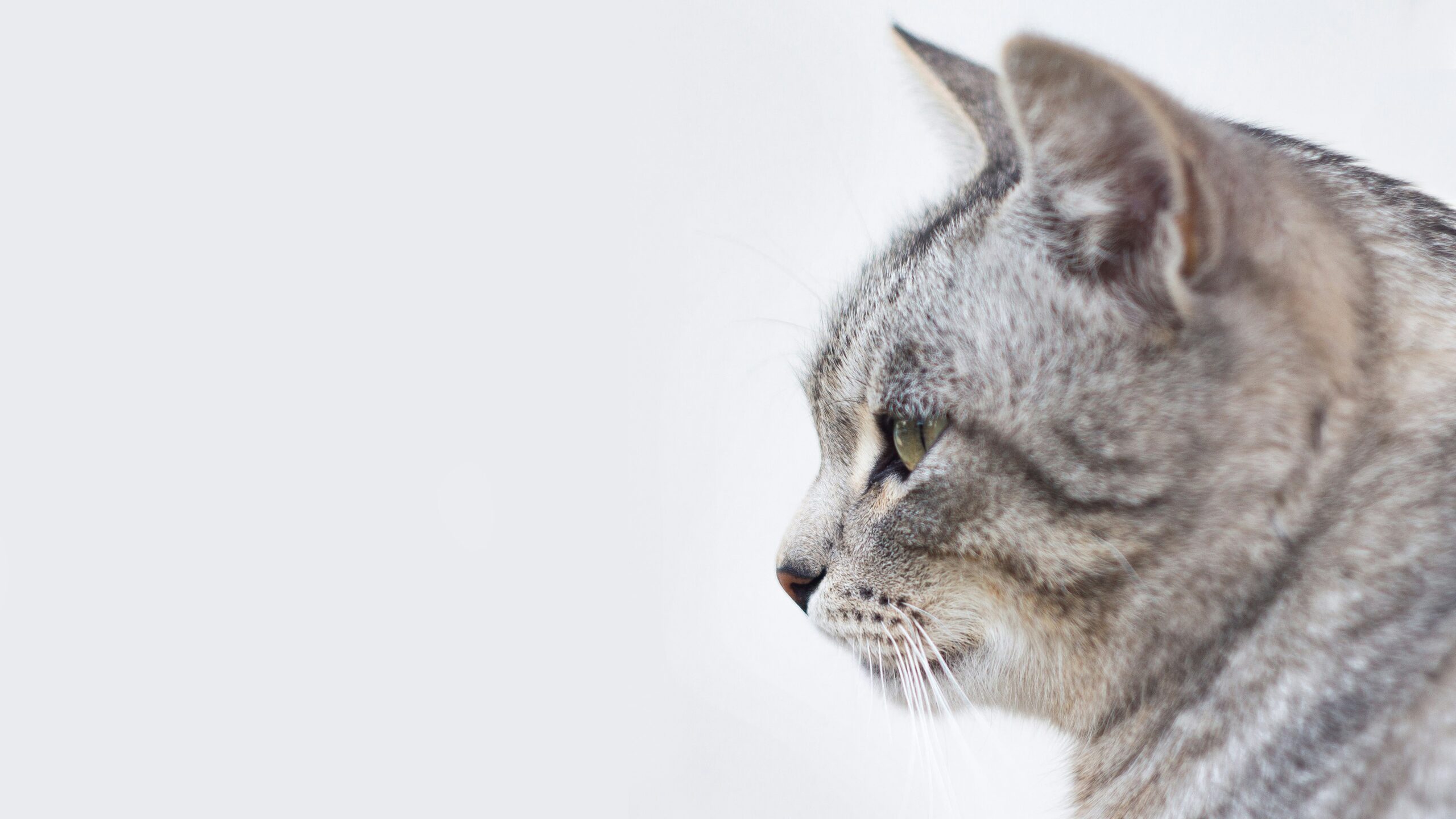
Leave a Reply